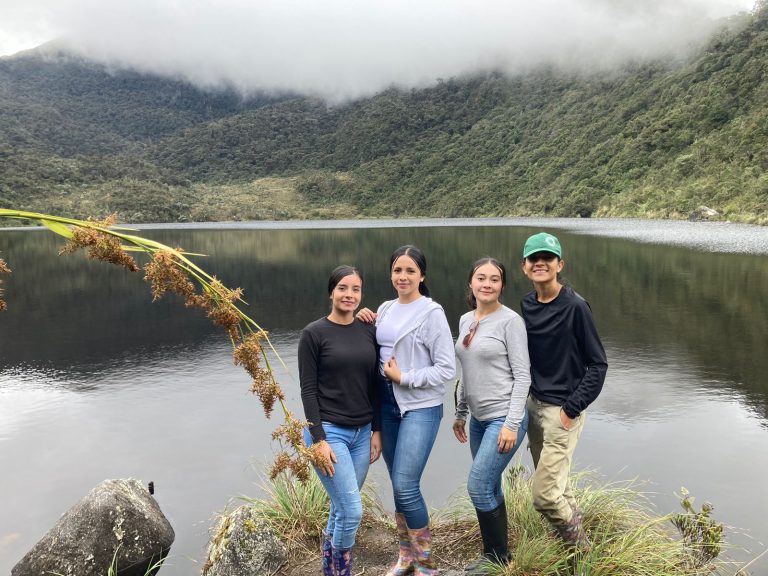All over the world, every morning billions of us are preparing or asking for a cup of coffee just the way we like it. This powerful black infusion has conquered the world and reached homes and shops everywhere. Since the beginning, coffee has inspired revolution.
This black elixir was discovered in Ethiopia which is sometimes referred to as “The cradle of humankind”. It is believed that originally the Cafeto’s fruit was only chewed on and ingested orally, until one mistake, it was roasted and its aroma attracted so many people that it was developed as an infusion (without being filtered). At home women would roast the beans to the point when they became very crisp and they gave thanks to the fragrance which they believed provided them with prosperity and fertility.
It was introduced into Saudi Arabia through Sufis (people who were occupying a high degree of Islamic spirituality). The dark infusion allowed them to spend long days awake and they were able to accomplish all their prayers without any kind of interruption. Simultaneously it was transformed into the legal replacement of wine, which was banned.
Coffee once immersed in Europe became a social ritual similar to alcohol as a focal point. Intellectuals, poets and writers had an excuse to come together to discuss different ideas, this pleasant beverage made communication possible among people without getting drunk. For this reason, women believed men could become better lovers and improve their sexual performance by staying sober. Coffee in Turkish history occupied a different place in women’s daily life, since Turkish coffee, the coffee dregs/grounds were read to women who were part of harem, in order to know if they were able to satisfy men sexually.
As the culture of coffee became intertwined with that of meeting and conversation, this guaranteed the success of the drink. Moving to places where for the first time there was social interaction among the upper and lower classes it promoted interactions and it is argued, this process stimulated revolutions.
So much so that in France after Bastilla Camille Desmoulins, who was an important character in the French revolution was captured, an entire crowd gathered in le Café de Foy now known as revolutionaries’ coffee house.
The independence of Haiti was also influenced by this infusion. The French and other Europeans established plantations, which were grown by big communities of slaves; but in 1791 the slaves rebelled and coffee and sugar plants were destroyed, they continued struggling for twelve more years. It is considered, by some, to be the most successful rebellion of slaves in history.
Coffee to Colombia
The story is based on a myth of a young lieutenant who won the heart of a lady of the crown and took control of a coffee plantation owned by the King. This lieutenant crossed the Atlantic and planted some coffee in Martinica (Colombia), and thanks to the fresh, young seeds, these could be spread to the next crops all over Colombia. Coffee has since become prominent in Colombians history and modified their way of living. Today the boom of social courtesy, cultivating passions and bonding friendships still exists.
This seed is divided in different varieties: Arabica, Canepora or robust. It blooms in tropical soils such as: Brazil, Colombia, Mexico, Hawaii, Laos, and Cambodia. Vietnam, Kenya and as was mentioned previously Ethiopia. The largest producing countries are Brazil, Vietnam and Colombia respectively.
Colombia possesses a traditional process with coffee, valued and recognized as one of the best products of the world for its legendary labor, production (all beans are hand-picked), treatment, commercialization and familiar tradition. As we drink, we do not think enough about the coffee farmer and the workers’ efforts that have gone into each cup of coffee.
For this reason, we promote through de Experiencia Cafetera (Wakecup Experience) the chance to see, participate, and captivate the senses within our exceptional coffee cultural landscape, declared by UNESCO World Heritage Site. Coffee is the result of a collective action that here in Colombia is completely visible. This UNESCO’S recognition involves the Colombian nation, international community and visitors to safeguard its protection and preservation.





